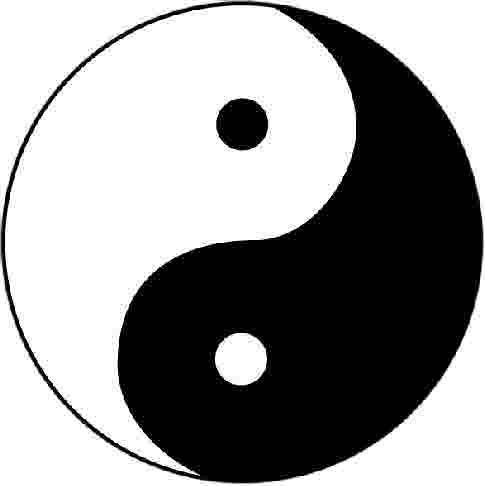|
|
Post by tribunalofmercy on Feb 19, 2015 14:27:02 GMT
In the midst of all we now Know, there is a joy to be had in the childlike experience of ‘God’; though we Know the object in front of us represents only a temporary understanding of the All, the Absoluteness of Truth, there is perhaps something to be gained in recognizing what All is like, from the mind of a child. If we perceive ourselves only in our separateness, the incompleteness, there is wisdom in the awareness, the evaluation, yes – because we also become aware of that which is More than we see - but our focus tends not to stay where it Needs to be. For we Doubt ourselves, do we not? If we perceive, at times, that part of the All which brings desire – the incredible beauty, the Simplicity of the Absolute, within all its complexity - though we may, at this point, first see it Outside of ourselves - is it truly unhelpful? The beauty of spring. The beauty of a sky full of stars. The beauty of each Other, that we can see when we truly Look…..Is it possible we are Given relationships in this life not to teach us not what we Do not have, but what we Can have? It can bring both courage and strength to Reach for that which we ultimately connect to , both Outside of, and Inside of, ourselves. We can see ourselves in Many ways, but knowing what is Offered, simply because it IS, brings peace that we cannot always Find without the knowing, without the Seeing. Due to the very Perfection of all that is, that wisdom that only All can have, then In whatever way we are most likely to connect, we find the Experience of ‘God’. When I am lost…for lack of a better term, I use the correspondence of the 2nd Hermetic Principle… and I become Found, and I can continue my journey  |
|
|
|
Post by aceofcups on Feb 19, 2015 16:05:09 GMT
Thank you Mary Anne for video... what came to me while listening/watching (even though video was of Christian intent) was the similar Vedanta Statement "Tat Tvan Asi"- or "That Thou Art." very similar in a sense to "I AM that I AM". I love spiritual overlapping of traditions.
About Tat Tvan Asi-
The central theme of the Upanishads, the essence of the Vedanta, the goal of all wisdom and all spiritual practices, and the quintessence of understanding is that the individual self, the embodied soul, the Jiva, is identical with the Supreme, the Absolute, the Brahman, and this is what is meant by the great utterance of Self-revelation of the Upanishads: 'Tat Tvam Asi', That thou art. The nature of the inner essence of yourself and the nature of Brahman or "God" is one and the same, impersonal and all-pervasive, infinite consciousness. We are not separate from God-Consciousness: we are no other than the Absolute Itself ( both in and out of manifestation) and It alone we are, the Existence-Knowledge-Bliss Absolute, and this indeed, is the final realization and culmination of all spiritual experiences of the soul. . .
Tat Tvam Asi, That thou art.
|
|
|
|
Post by tribunalofmercy on Feb 19, 2015 16:44:09 GMT
Perhaps this is the meaning of the 'three' about which you once commented to me, when I was blathering on about a binary universe?  Is it that, there is Atman (Self); there is Brahman (Consciousness); and there is That Thou Art? |
|
|
|
Post by aceofcups on Feb 19, 2015 17:15:12 GMT
To my understanding Mary Anne,,, all binaries / dualities are a manifestation out of the ONE but once it is created and in manifested reality (on any level of manifestation) then there is the relationship of one part or pole of the binary to its other half. And both parts are still remaining part of Oneness. The relationship in the duality causes a Trinity effect. - one to the other and the relationship between them.
Yin and Yang are not just a duality but have a relationship to each other within the Circle ( symbol of Wholeness or Oneness). And likewise the Yin is within the Yang and the Yang is within the Yin also. The wonderful symbol also shows the movement of one moving and flowing into the other time and time again. The image is static but the energy of it is not.

|
|






